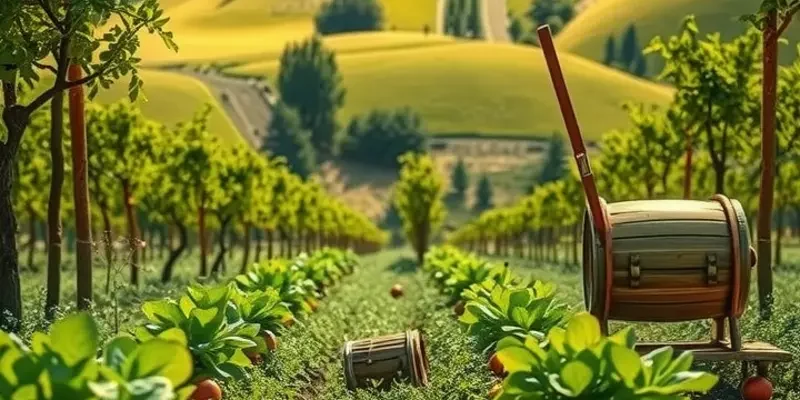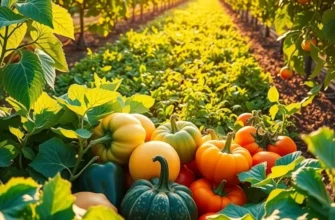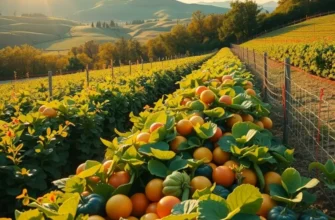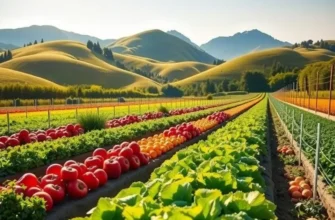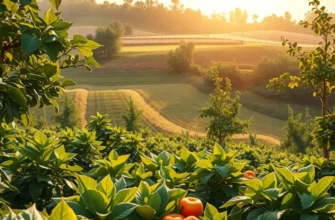Dairy products are a staple in many diets, yet their environmental impact can be significant. As consumers become more conscious of their ecological footprint, understanding how to make sustainable choices in dairy consumption is essential. This guide will explore eco-friendly options, practices, and solutions for enjoying dairy in a manner that aligns with a sustainable lifestyle. By incorporating thoughtful choices into your daily routine, you can help reduce harmful emissions, support animal welfare, and contribute to a healthier planet.
Understanding Dairy’s Environmental Impact
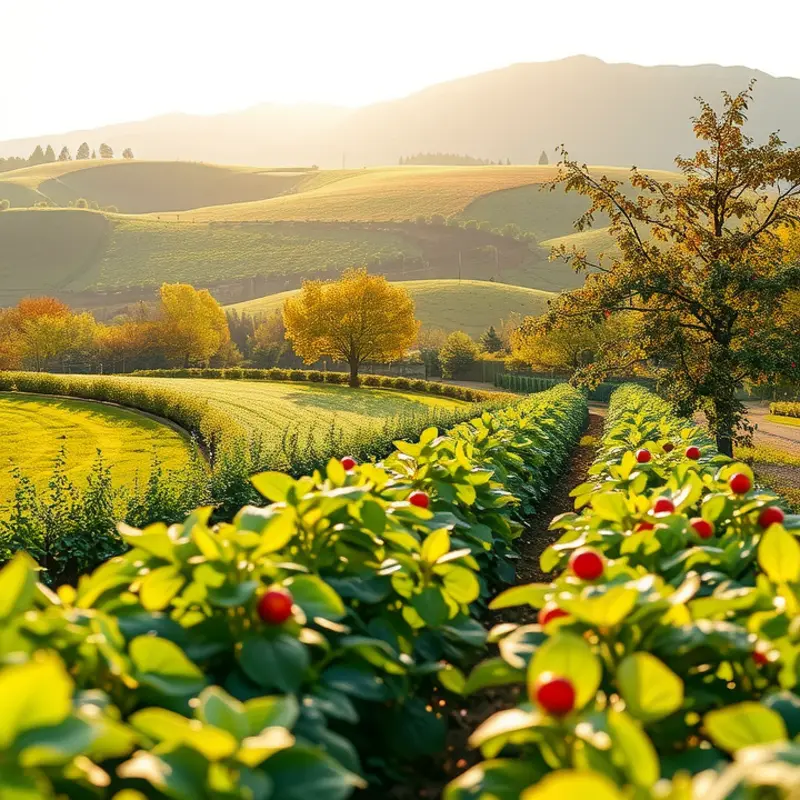
Dairy production is inherently linked to environmental sustainability challenges. The industry is responsible for a significant chunk of agricultural greenhouse gas emissions. Cows and other ruminants produce methane, a potent greenhouse gas, during digestion. Additionally, storing and spreading manure releases both methane and nitrous oxide, further exacerbating climate change. Understanding these emissions is pivotal in assessing dairy’s environmental footprint.
Water consumption in dairy farming is another critical environmental concern. Dairy cows require vast amounts of water for drinking, and even more is needed to irrigate the feed crops they consume. It is estimated that producing a liter of milk can require up to 1,000 liters of water. This high water demand puts stress on local water resources, especially in regions prone to drought or water scarcity.
Land degradation often accompanies dairy farming, primarily due to the growing demand for pasture and feed crop production. Intensive grazing can lead to soil compaction, affecting soil health and reducing biodiversity. Moreover, clearing forests to expand grazing areas contributes to habitat loss and increases carbon emissions. Sustainable land management practices are essential to mitigate these impacts and promote ecological balance.
Animal welfare is increasingly recognized as an integral component of sustainable dairy practices. Practices like keeping cows confined in crowded conditions not only raise ethical concerns but can also affect milk quality due to stress-induced health issues. Ensuring adequate space, nutrition, and care for dairy animals supports both ethical standards and product quality.
To address these challenges, consumers can consider a range of actions. Choosing products from farms that prioritize methane reduction technologies, water conservation, and animal welfare can drive industry-wide change. Supporting organic or regenerative agriculture practices also aids in the reduction of environmental damage and promotes biodiversity.
Incorporating these insights into daily decision-making can guide more sustainable dairy consumption habits. For more ideas on reducing environmental impact in your kitchen, explore insights on eco-smart kitchen storage, which aligns with broader efforts to mitigate waste and resource use. By becoming informed about the various environmental impacts of dairy production, consumers can make choices that help shape a more sustainable future.
Sustainable Dairy Alternatives and Practices
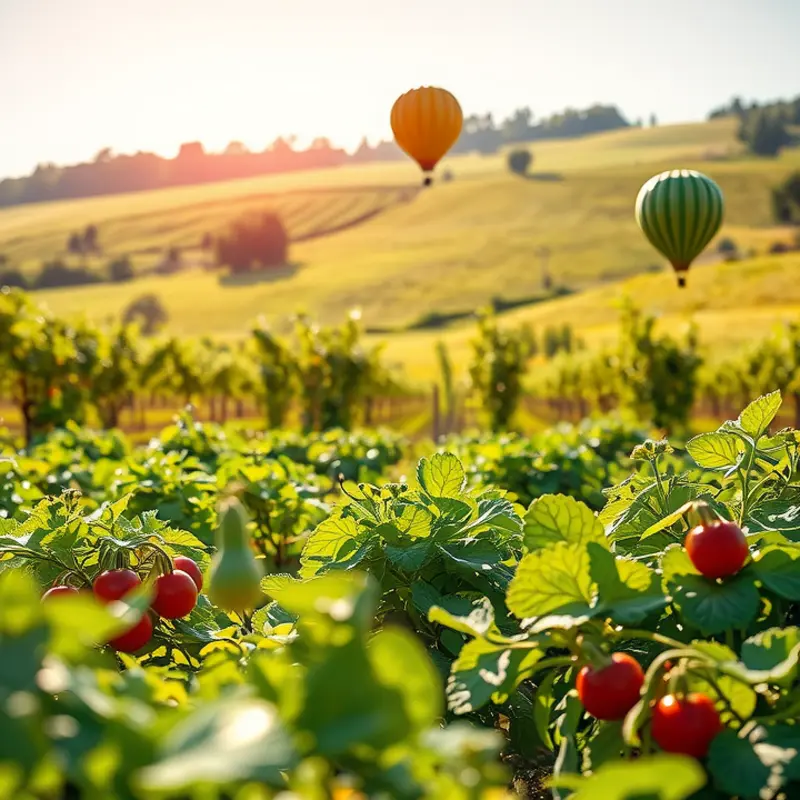
Sustainability in dairy consumption means making informed choices that benefit the environment while fulfilling nutritional needs. Consider plant-based alternatives like almond, oat, and soy milk. These options are often less resource-intensive, reducing water and land use. They produce fewer greenhouse gases compared to traditional dairy farming. However, it’s important to choose varieties with minimal additives and sugars. Choosing locally-sourced plant milks further reduces their carbon footprint.
In seeking out more traditional dairy options, look to local dairy farms committed to sustainable practices. These farms prioritize animal welfare and use strategies to minimize environmental impact. Buying directly from these producers often supports smaller rural economies and ensures fresher, less processed products.
Regenerative farming practices play a crucial role in sustainable dairy production. These involve techniques like rotational grazing, which improves soil health and biodiversity. Healthy soils capture more carbon, making these farms potential carbon sinks. Farmers practicing regenerative methods also focus on reducing waste and pesticide use, enhancing both environmental and animal health.
Organic dairy products are another good choice. They assure fewer pesticides and synthetic fertilizers. Organic standards often mean better living conditions for livestock. While organic products can be more expensive, supporting these practices helps drive demand for better agricultural methods.
Reducing overall dairy intake also positively affects sustainability. By consuming less, the demand varies, slowing environmental degradation due to overproduction. Supplement reduction with diverse sources of calcium and vitamin D, found in leafy greens and fortified plant milks.
For those aiming to explore more practical sustainability efforts, batch cooking and careful planning are vital. By reducing kitchen waste, you can align your entire diet with sustainable principles. Find more tips on how to implement low-waste cooking here.
The journey to sustainable dairy consumption includes various options and practices to explore. Whether reducing intake or choosing better sources, every small effort contributes to a healthier planet.
Final words
Making sustainable choices in dairy consumption is not just an individual responsibility; it shapes the future of our environment. By understanding the implications of dairy production and opting for eco-friendly practices, you can contribute to wildlife preservation, improved soil health, and reduced greenhouse gas emissions. As you explore alternatives and support local sources, you empower both yourself and the community. Remember, even small changes in your dairy choices can lead to significant positive impacts. Embrace this journey to sustainability and inspire others to do the same, so we can all enjoy a healthier planet.

